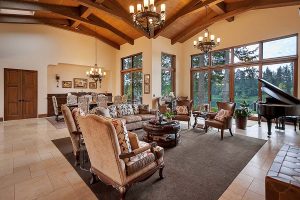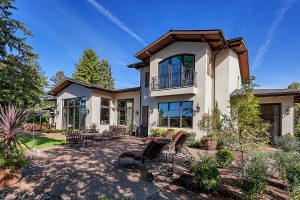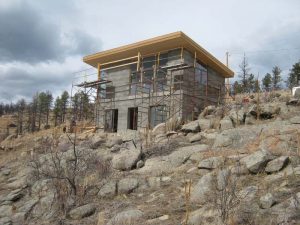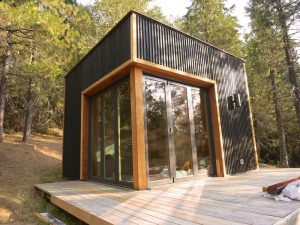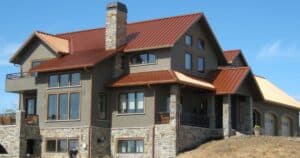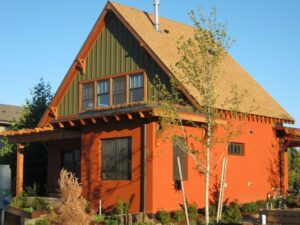Insulated ICF is Better Than Poured Concrete for Stem Walls
Using insulated stem walls for conditioned crawl spaces provides many benefits by allowing you to heat and cool your crawl space just like you do your home. Why would you want to condition your crawl space? Wouldn’t that just cost a lot more to heat and cool? Actually, no! It doesn’t cost more, and the benefits in terms of health, comfort, and giving you extra cubic feet of storage when you use insulated stem walls for conditioned crawl spaces makes it more than worth it.
Your Building’s Envelope
One of the most important aspects of a green and healthy high-performance home is the building’s envelope. It should be:
- Airtight
- Vapor permeable (so moisture passes through rather than getting “stuck”), and
- Well-insulated
The thermal performance and moisture management of the home’s crawl space or basement is critical to meeting these objectives. 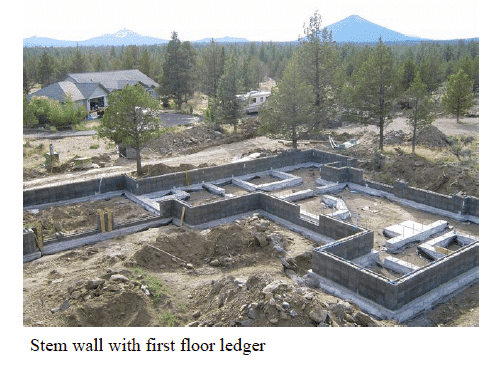
Unvented (Conditioned) vs. Vented Crawl Space
In many homes, the ventilated crawl space under the home can be a dark, scary, musty-smelling place with dirt, spiders, snakes, mice, and who knows what else. Most builders build a ventilated crawl space under a home because they’re easier, faster, and less expensive to build than full poured basement foundations. The “ventilated” part of the name means that vents or openings allow outside air to circulate below your living space.
Moisture is the problem
Even though outside air gets in, it’s still problematic. In fact, that is the source of the problem. The dew point is the temperature at which condensation forms as moisture-saturated air continues to cool. When air at dew point enters a crawl space and continues to cool, condensation results, adding more moisture to the crawl space.
In wintertime, ventilation allows colder air to enter the space, which increases the heat loss from the home. In harsh climates, this can lead to frozen pipes and uncomfortably cold floors. When weather warms up, warm air rises, so in times when warm air enters the crawl space, the air rises through the gaps in the floor and brings stale, moldy air into your home for you and your family to breathe.
What Is A Traditional Conditioned Crawl Space?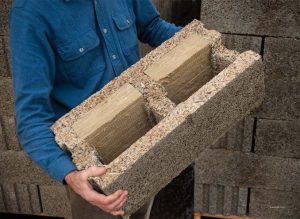
A conditioned crawl space is also sometimes called a closed, sealed, unvented, or encapsulated crawl space. Unlike ventilated crawl spaces, a conditioned or encapsulated crawl space is sealed from outside air and is conditioned just like the rest of your home is, through your home’s HVAC system. The ground is completely covered with a vapor barrier, which extends up the home’s foundation walls.
Many builders use poured, uninsulated concrete for the foundation walls in conditioned spaces. However, many contractors have switched to using ICF blocks such as Faswall for the foundation walls, because it provides durability and insulation unmatched by poured concrete. ICF foundations resist heat flow, don’t crack as much as poured concrete, and allow much less moisture intrusion. Faswall does not require a subcontractor to install, and it’s easier than other types of similar ICF blocks because no form work is needed.
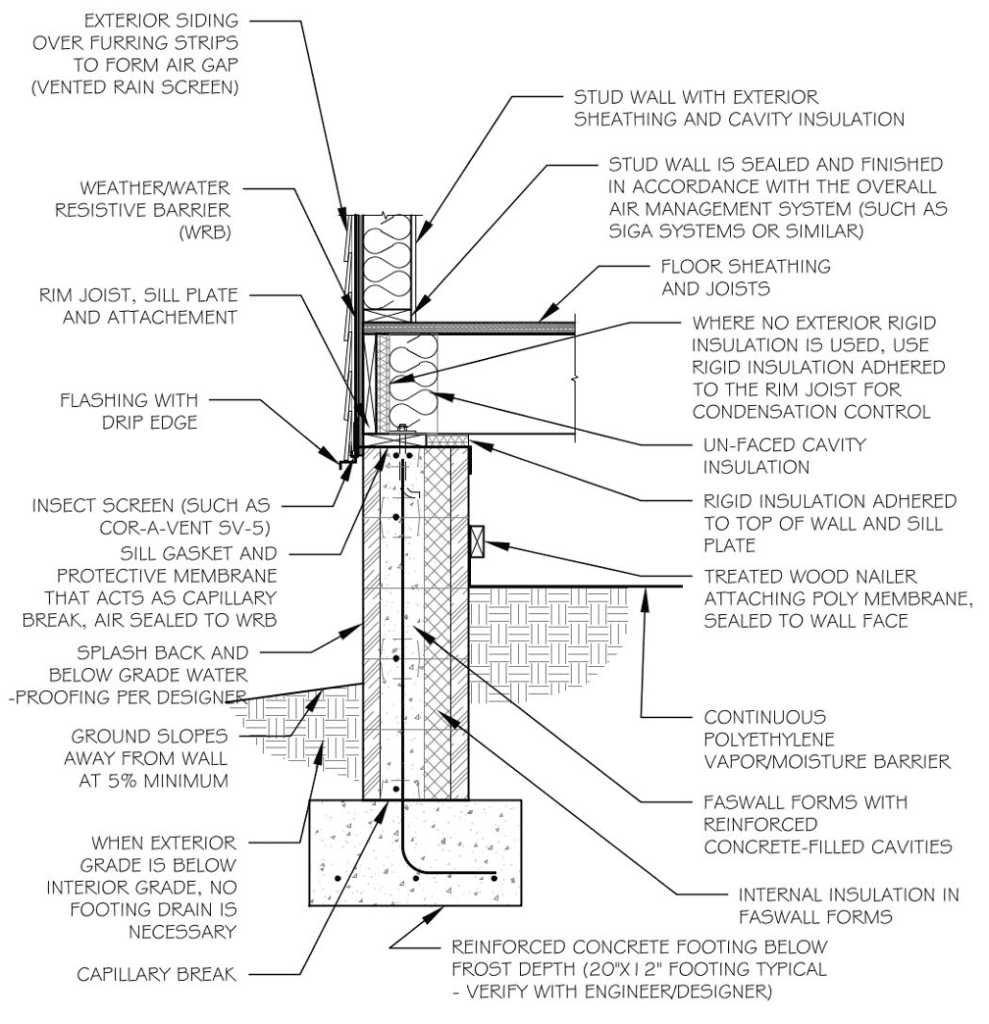 What Is An ICF Stem Wall Conditioned Crawl Space
What Is An ICF Stem Wall Conditioned Crawl Space
Stemwalls connect the foundation of a building to its walls. With stem wall foundations, a footer is poured at ground level, then blocks are laid to form a wall. Stem walls can be built to different heights for sloped lots. Stem-walls enclose the entire perimeter of a crawl space, providing a conditionable space. The heating and cooling system of the home is then used to condition the crawl space, resulting in much drier air than the air outside the home.
Stem Walls for Health
A dry, insulated crawl space is less likely to have mold, which is healthier than a damp crawl space. Encapsulating the crawl space will prevent dust and allergens in the crawl space from spreading into the home. Better air quality means less breathing problems, less moldy smell, less household mold, and more allergy and asthma relief. A conditioned crawl space gives you a warm, dry, very usable space that will absolutely have no mold issue and no rot issue. If built with ICF, It will be impervious to pests such as termites or mice.
Insulated Stem Walls for Comfort
You might be surprised that it doesn’t take any extra energy to use the home’s HVAC system to heat and cool the crawl space with insulated stem walls. Removing moisture takes energy, whether it be in the form of a dehumidifier, a heater, a fan, or some other means. With a stem wall conditioned crawl space, the perimeter of the crawl space is sealed, which is more effective at stopping air leaks than trying to seal the subfloor above the crawl space.
Most homes have ductwork in the crawl space. This means that the warm and cool air you are circulating through your home has to move through the crawl space. Bringing the ductwork inside the conditioned crawl space saves a tremendous amount of energy, particularly over the life of the building. There may be a slight energy penalty to heating the conditioned crawl space in the winter time, but over the course of the year the energy savings the rest of the time outweighs this negligible energy cost.
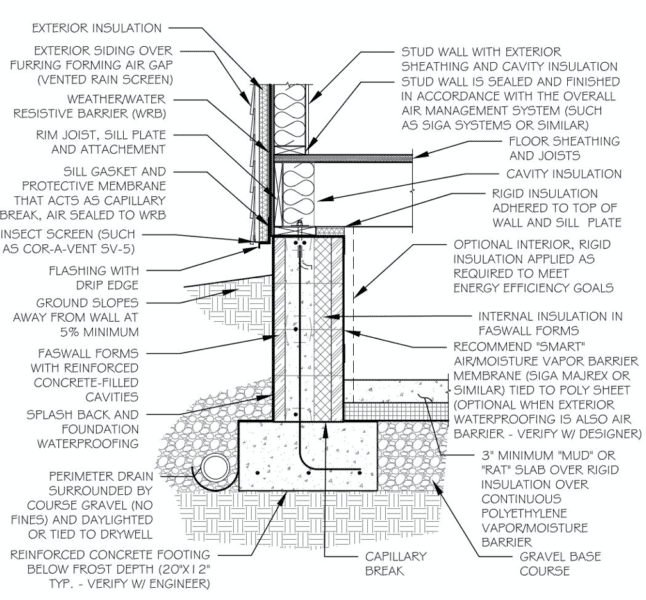 Conditioned Crawl Space better for Storage
Conditioned Crawl Space better for Storage
Your “mini basement,” as you might think of this finished, conditioned crawl space, is warm and dry, and you have access to it from in the house, with an access door that is typically located in a closet. You can use this warm, safe, dry area for storage. Building with a conditioned crawl space, you won’t ever have to go outside, open a hatch door, and crawl under the home on your hands and knees. With installed lighting, you essentially make it usable like you would a, well, a mini basement.
With a proper vapor barrier, your conditioned crawl space has a usable floor. That entire area becomes extra cubic feet of usable space.
Let us show you how your next foundation can be cost effective and out perform cmu and poured solutions using Faswall, a US Manufactured Composite ICCF with a 62% recycled content. Request our information packet.
Faswall is an ideal building system for green, healthy, high-performance homes and structures. It goes together easy enough for DIY-ers [https://faswall.com/home-owner/] yet meets or exceeds building and energy codes in all states. Our knowledgeable team will support your designers, builders, and architects throughout the entire process, and will help your team get started if they are not already familiar with Faswall. Learn more yourself at Faswall.com [https://faswall.com/what-is-faswall/].

